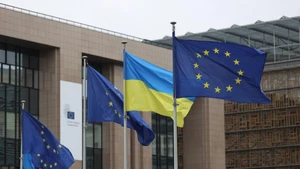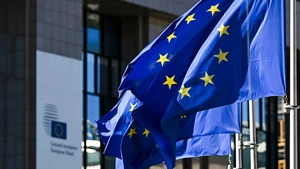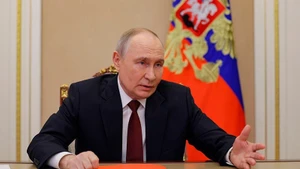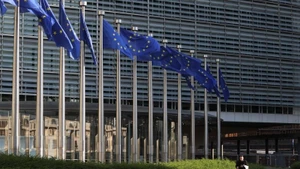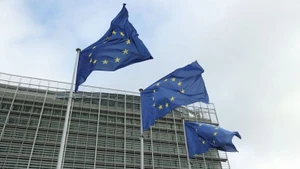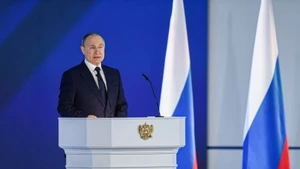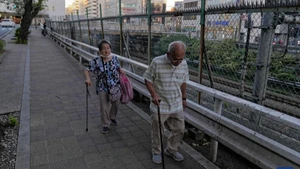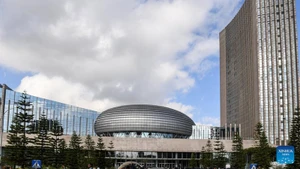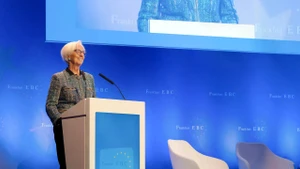Her recent diplomatic activities have drawn considerable public attention, marking the debut of Japan’s first female prime minister before regional leaders.
The ASEAN Summit in Malaysia and the APEC Summit in the Republic of Korea have served as important tests for the new Japanese government’s foreign policy.
Following a series of bilateral meetings aimed at promoting cooperation, dialogue and mutual trust, Prime Minister Takaichi proudly announced that Japan is taking firm and steady steps to restore a diplomacy that flourishes on the world stage.
At the ASEAN Summit, her first overseas engagement since taking office, Prime Minister Takaichi reaffirmed Japan’s emphasis on relations with Southeast Asian nations whose economies are vibrant and whose waters hold vital sea routes. Meanwhile, her government has pledged to continue advancing cooperation for a free and open Indo-Pacific.
Her participation in the Asian Zero-Emission Community Summit — an initiative launched by Tokyo — further demonstrated Japan’s determination to affirm its role and influence in Asia, particularly at a time of growing regional complexity.
During the APEC Summit in the Republic of Korea, the Japanese leader met with Chinese President Xi Jinping and Korean President Lee Jae Myung, achieving a number of positive outcomes.
In her meeting with the Chinese leader, both sides reaffirmed their commitment to advancing a mutually beneficial strategic relationship between Tokyo and Beijing. This aligns with the proactive, dialogue-oriented diplomacy that Prime Minister Takaichi emphasised upon taking office, aimed at building a stable relationship with China.
With regard to the Republic of Korea — Japan’s neighbour with a history of ups and downs in bilateral relations — a friendly atmosphere prevailed during their discussions. Both sides affirmed their resolve to further develop relations toward the future.
Particularly notable was Prime Minister Takaichi’s reception of US President Donald Trump during his visit to Japan, which was regarded as a major diplomatic test for her premiership. Amid Washington’s imposition of tariffs on many countries, questions arose over Tokyo’s ability to balance strategic cooperation with the protection of national interests.
President Trump’s visit yielded fruitful results. The two sides signed key trade and security agreements, under which the US agreed to reduce tariffs on Japanese goods from 25% to 15%, while Japan committed to investing 550 billion USD in the US.
Prime Minister Takaichi declared that she and President Trump would work together to build a new “golden age” for the Japan-US alliance.
For the US, closer cooperation with Japan not only strengthens its position and influence in the Asia-Pacific region but also deepens the substantive cooperation between the two nations.
The success of Japan’s dynamic week of diplomacy has helped reinforce the country’s image and status in the Asia-Pacific region, while also marking an auspicious start to the new prime minister’s journey to lead Japan towards new achievements.

